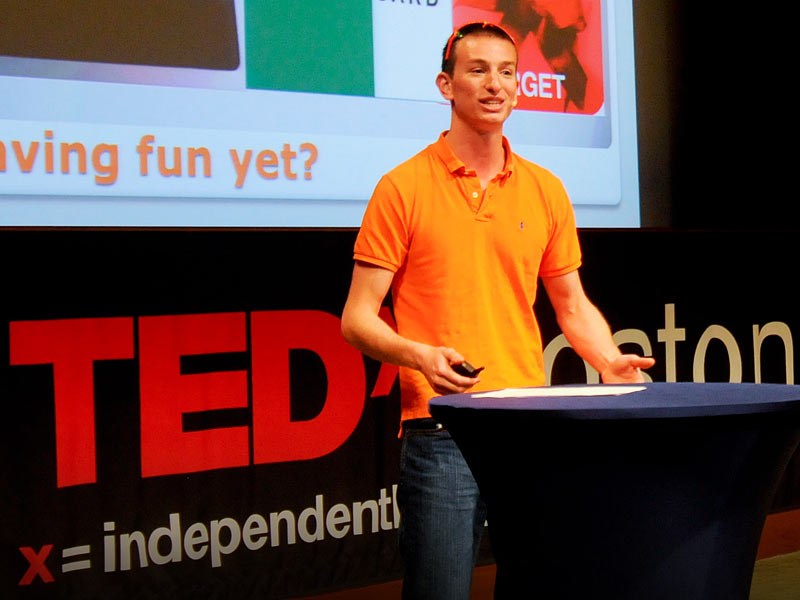I have kept crowdsourcing on the shelf over the years as a “plan B” should I ever need an alternative way to make a living.
I explored it further when brainstorming ways to gather information about authenticated digital services in various countries. I was considering whether to engage a private crowd within IBM using a micro-task marketplace such as Amazon’s Mechanical Turks.
Crowdsourcing is huge and diverse and includes micro-tasking, macro-tasking, crowd contests, crowd funding and self-organizing crowds. In my usual fashion I will refer you to a book that explains it all better than I can here: Crowdsourcing for Dummies.
 I decided to use an IBM social media tool for my study instead of a market place because I wanted to keep my work in a private crowd. The “crowd” is a large part of the value of a market place and I doubt I can reach my intended crowd that way. I am going to need to need to find my contributors manually. I still found the book helpful in understanding how to organize the micro-tasks, provide instructions, and use gamification techniques to motivate participation.
I decided to use an IBM social media tool for my study instead of a market place because I wanted to keep my work in a private crowd. The “crowd” is a large part of the value of a market place and I doubt I can reach my intended crowd that way. I am going to need to need to find my contributors manually. I still found the book helpful in understanding how to organize the micro-tasks, provide instructions, and use gamification techniques to motivate participation.
The reason why I talk about it here is because I think that crowdsourcing is going to become more important in the future and should be one of the key technology trends impacting business strategies and digital services.








